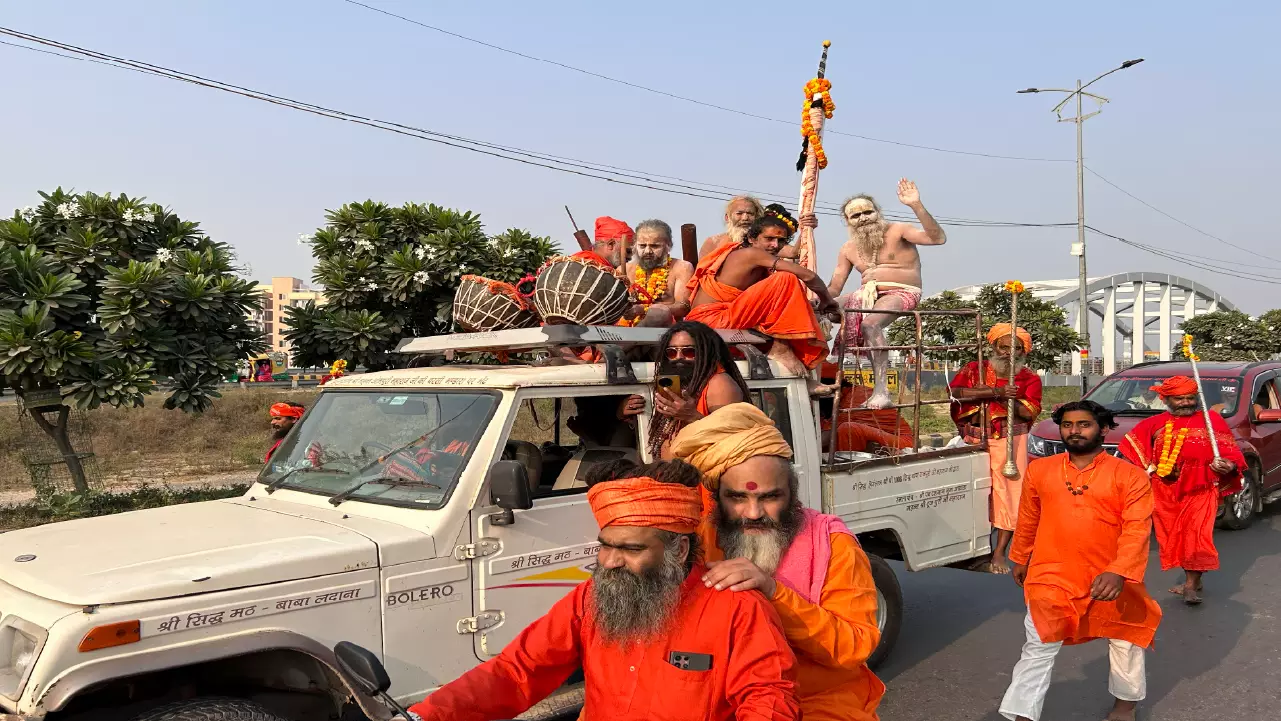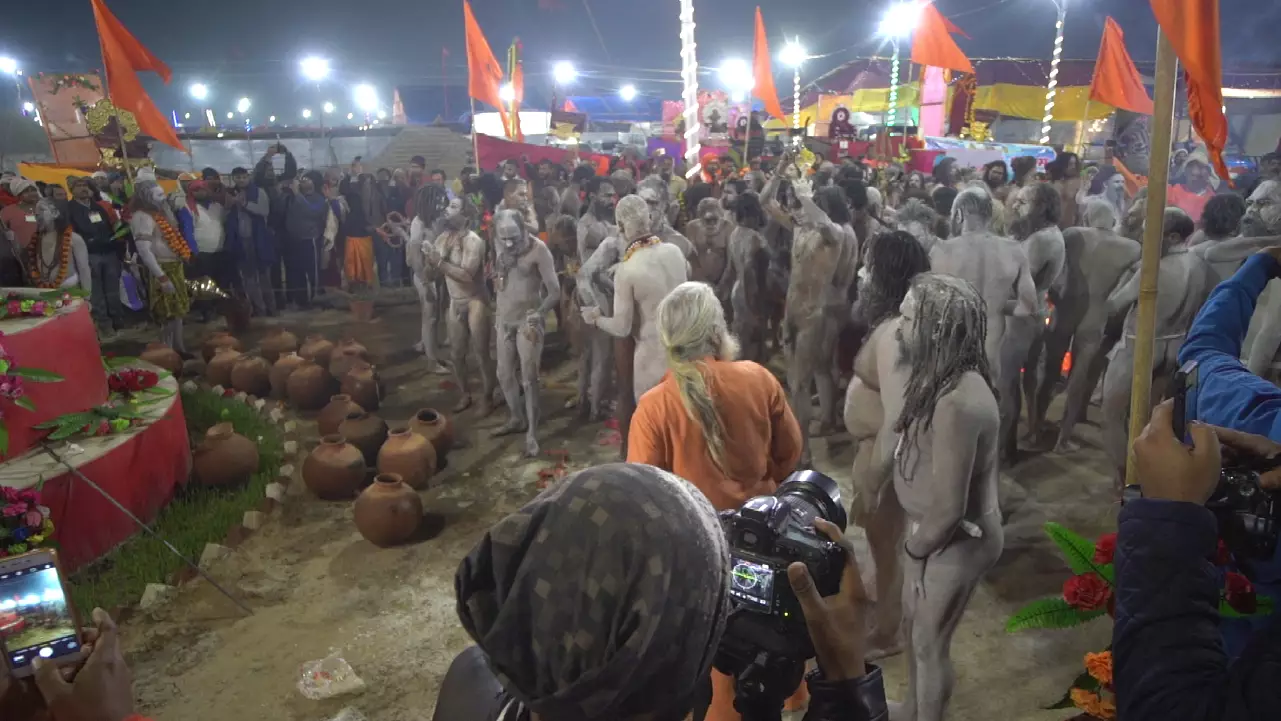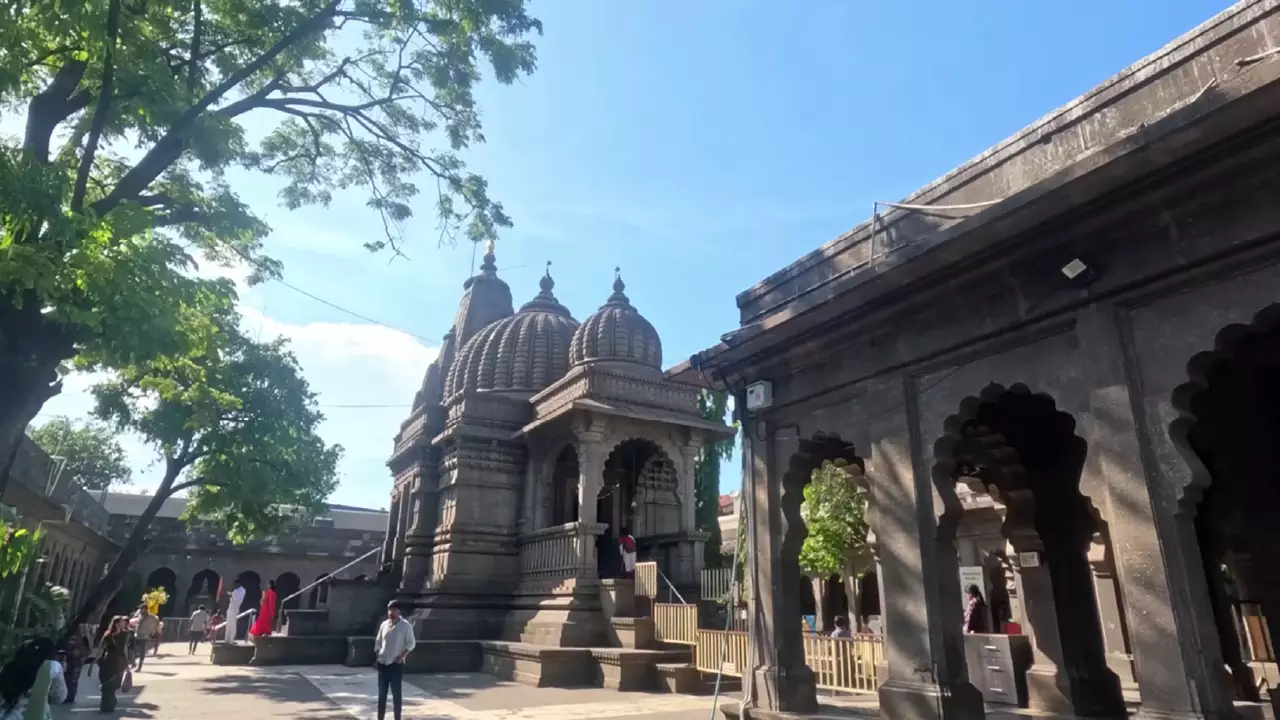Akharas and the Shahi Snan: Understanding the Heart of Kumbh Mela
To the outside world, it may look like a chaotic, frenzied rush into a river. But to have witnessed it, to have felt its energy, is to understand that it is a meticulously ordered cosmic event. It is a royal procession, a display of ascetic power, and the single most potent moment for a pilgrim to achieve the grace they have traveled so far to seek. It is the very heart of the Kumbh, and to understand it is to understand the soul of Sanatana Dharma.
What is the Shahi Snan? More Than Just a Holy Dip
The name itself tells a story. Shahi means ‘royal’, and Snan means ‘bath’. But the royalty here is not of earthly kings or worldly power. The kings being honored are the spiritual monarchs of this sacred gathering: the ascetics, the saints, and the sadhus of the great Akharas, the ancient monastic orders.
The Shahi Snan is the ceremonious bath taken by these Akharas on the most astrologically auspicious days of the Kumbh Mela. These dates are not chosen at random; they are precisely calculated moments when the planetary alignments, as described in our ancient texts, are at their most powerful. It is believed that during these specific windows, the sacred waters of the river are charged with a divine energy that is a thousand times more potent than at any other time. The ultimate purpose is singular and profound: to take a dip in these nectar-like waters to wash away the accumulated sins (pāpa) of countless lifetimes and to take a decisive step towards moksha, liberation from the cycle of birth and death.
The Kings of the Kumbh: The Akharas
You cannot understand the Royal Bath without understanding the royalty. The Akharas are the organized orders of renunciates, the spiritual armies of Hinduism. Their tradition was consolidated centuries ago by the great Adi Shankaracharya to protect and uphold the eternal principles of Vedic Dharma. They are the guardians of the faith, and during the Kumbh Mela, they are its leaders.
It is their exclusive right and sacred duty to take the first dip during the Shahi Snan. They are the first to enter the sanctified waters, their collective spiritual energy, honed through years of intense austerity and meditation, further charging the river with grace. Only after all the Akharas have completed their bath are the ghats opened to the millions of lay pilgrims who wait patiently for their turn.

The Grand Procession: The Peshwai
The Shahi Snan does not begin at the riverbank. It begins miles away, in the camps of the Akharas, with a procession of unimaginable grandeur known as the Peshwai.
The Peshwai is the royal march of the Akharas towards the bathing ghats. It is a vibrant, thunderous spectacle:
-
The Leaders: The Mahamandaleshwars, the spiritual heads of the Akharas, often ride atop magnificently decorated elephants, their serene expressions a calm center in the storm of devotion around them.
-
The Sights: Saints on horseback, on chariots, and even on camels, move in a disciplined order, carrying the flags, emblems, and symbolic weapons of their sect.
-
The Sounds: The air rings with the sound of trumpets, the deep boom of drums, and the piercing call of the conch shell, all interwoven with the unified, deafening chant of millions of voices crying out in praise of the divine.
This procession is more than a parade. It is a sacred opportunity for the common devotee to have the darshan—the holy sight—of these revered saints. To catch the eye of a sadhu, to receive a nod or a blessing, is considered an act of immense spiritual merit in itself. This grand procession is the powerful prelude to the Shahi Snan.
The Vanguards of Faith: The Naga Sadhus
Leading these processions, and often the first to plunge into the sacred waters, are the most enigmatic and formidable of all the ascetics: the Naga Sadhus. They are the vanguards of Shaivism, the ultimate renunciates.
Their appearance is a powerful statement of their philosophy. They are Digambara, or ‘sky-clad’, having renounced even the identity that clothes provide. Their bodies are smeared with bhasma, the sacred ash from their fires, which symbolizes their death to the worldly self and their understanding of the body’s mortal nature. Their long, matted hair, or jatas, are considered conduits of spiritual energy.
Their entry into the water during the Shahi Snan is a moment of pure, primal power. They move not as individuals but as a single, unstoppable force, their unified cries of “Har Har Mahadev!” seeming to shake the very ground. They are the living embodiment of extreme austerity (tapas) and fearlessness, and their privileged position at the head of the bath honors their historical role as the fierce defenders of Dharma.
A History of Order: The Sacred Precedence
With such powerful spiritual energy concentrated in one place, it is only natural that human passions have, at times, run high. In centuries past, fierce and sometimes violent conflicts would break out between the different Akharas—particularly the Shaiva Sannyasis and the Vaishnava Bairagis—over the coveted right to bathe first at the most auspicious moment.
To prevent such chaos from staining the sanctity of the event, a strict, government-sanctioned order of bathing was established over time. In some locations like Nashik, separate ghats were designated for the different sects. This historical necessity is why the strict order of the Shahi Snan today is so meticulously observed. It is a discipline born of conflict, a sacred protocol that ensures the peaceful and orderly conduct of this monumental ritual.

The Sacred Moment: A Transference of Grace
After the grandeur of the procession and the raw power of the Naga Sadhus’ charge, comes the culmination of it all. As the last of the Akharas completes their immersion, a signal is given. The ghats are then opened to the millions of waiting pilgrims.
This is the moment they have been waiting for, sometimes for days. They surge forward to immerse themselves in water that is now not only blessed by the celestial alignment but has also been sanctified by the physical presence of thousands of enlightened and spiritually charged souls. The true heart of the Shahi Snan lies in this transference of grace.
It is a profound belief that the spiritual merit of the saints is, in a small way, absorbed into the water and then passed on to every devotee who bathes in it. It is a spiritual alchemy, where the faith of the many is purified and amplified by the austerity of the few. This is why the Shahi Snan is not just a ritual for the sadhus; it is the ultimate blessing for every single pilgrim at the Kumbh Mela. It is the moment the divine river, the holy saints, and the humble devotee all become one.

